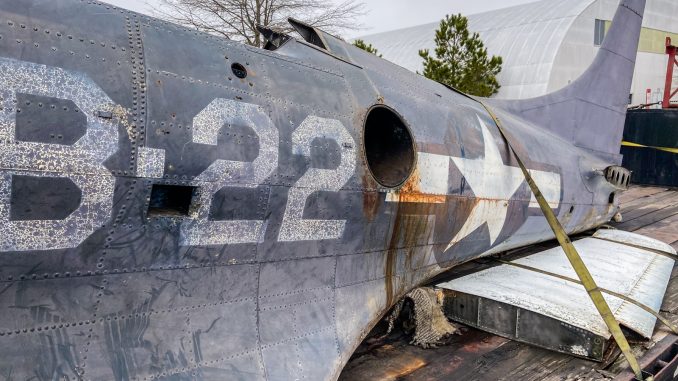
In mid-February, the Military Aviation Museum (MAM) in Pungo, Virginia took delivery of a Douglas SBD-5 Dauntless project which will soon begin a full, airworthy restoration. However, prior to commencing her rebuild, the MAM is placing their historic naval dive-bomber on display in a temporary exhibit which they presently expect to run from noon today through 5pm March 31st. These days, most major rebuilds are presented publicly only as the completed article, so it is a rare treat for the aviation history enthusiast to get a beforehand look! Museum visitors will see the original patina of this long-forgotten artifact prior to any restoration taking place, from the original paintwork, to simple details like wartime boot-scrapes in her paint and the dents resulting from her January 1944 crash into Lake Michigan.
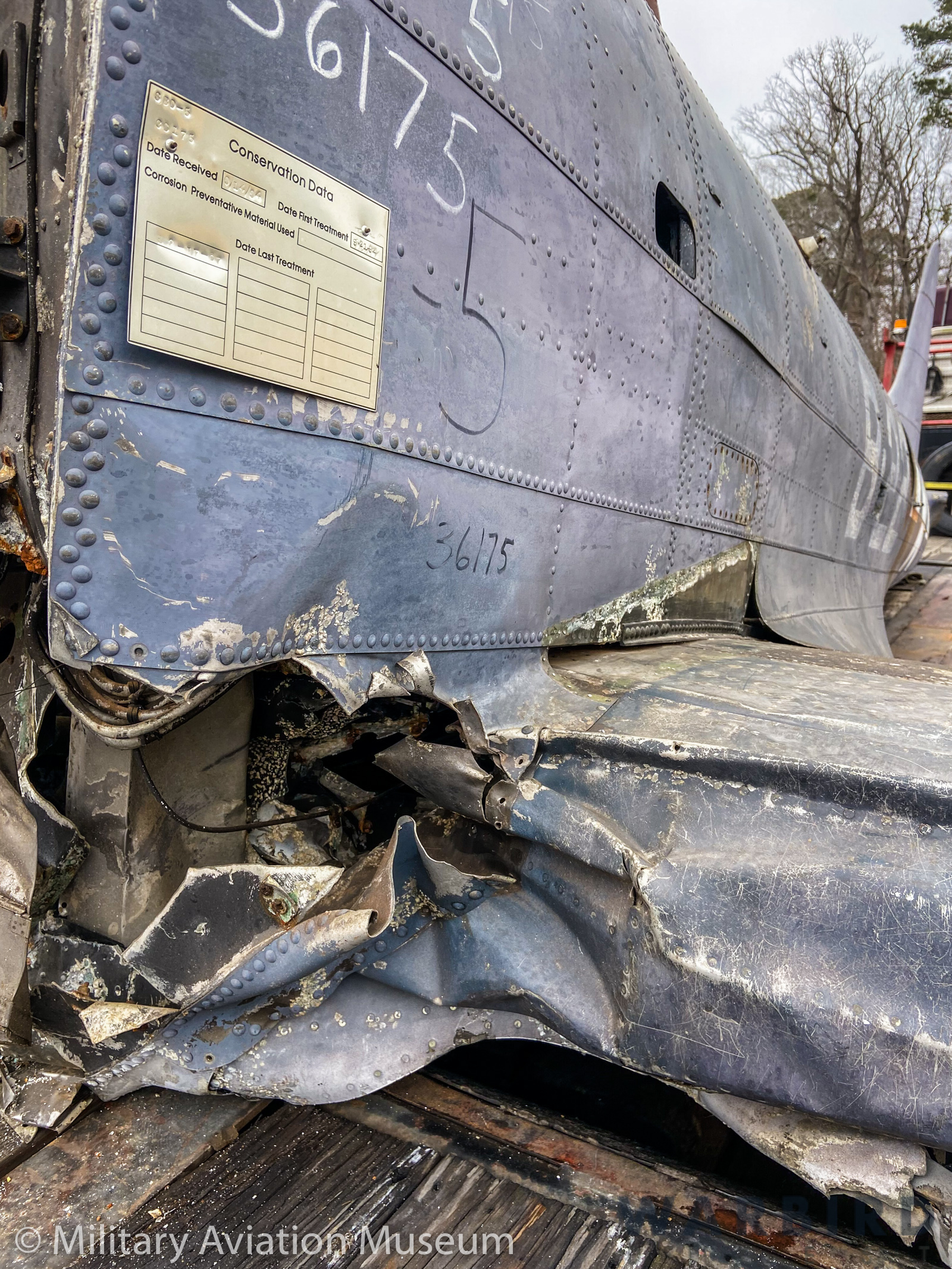
The U.S. Navy first accepted Bu.36175 for service on October 4th, 1943, but given the type’s impending frontline obsolescence, the Dauntless quickly found herself in a training role guiding young naval aviators in the art of carrier operations from the relative safety of the Great Lakes. But her service life was brief indeed. According to MAM’s press release: “[On January 20th, 1944,] Lieutenant Charles L. Ford III was attempting a landing on the training carrier USS Wolverine. He was too slow on his approach and was given “come on” signals by the Landing Signals Officer; when he was issued a subsequent “wave-off” command, the pilot banked away from the carrier with too little power, leading to a crash. According to the Navy accident report, the airplane hit the water at a near vertical angle on its back. The pilot was lucky to survive with just a few deep cuts to his forehead.”
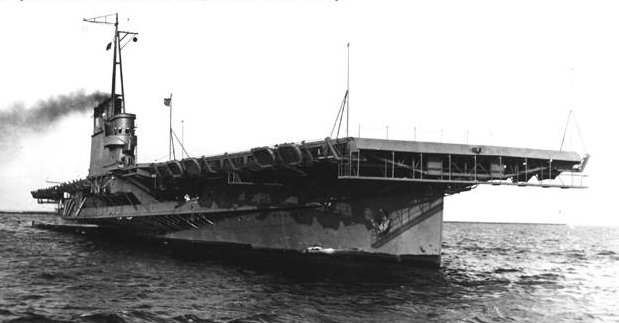
With her engine ripped away and wing leading edges crumpled, what remained of the Dauntless soon sank beneath Lake Michigan’s waves to rest in the mud 177 feet down. And there she sat for the next fifty years until A&T Recovery raised her wreck in 1994, similarly to the several dozen other submerged naval aircraft they’ve raised from the Great Lakes and elsewhere. Indeed, A&T Recovery has almost single-handedly ensured the relatively widespread preservation of what had previously been exceedingly rare WWII naval aircraft types, some of which are unique to their breed.
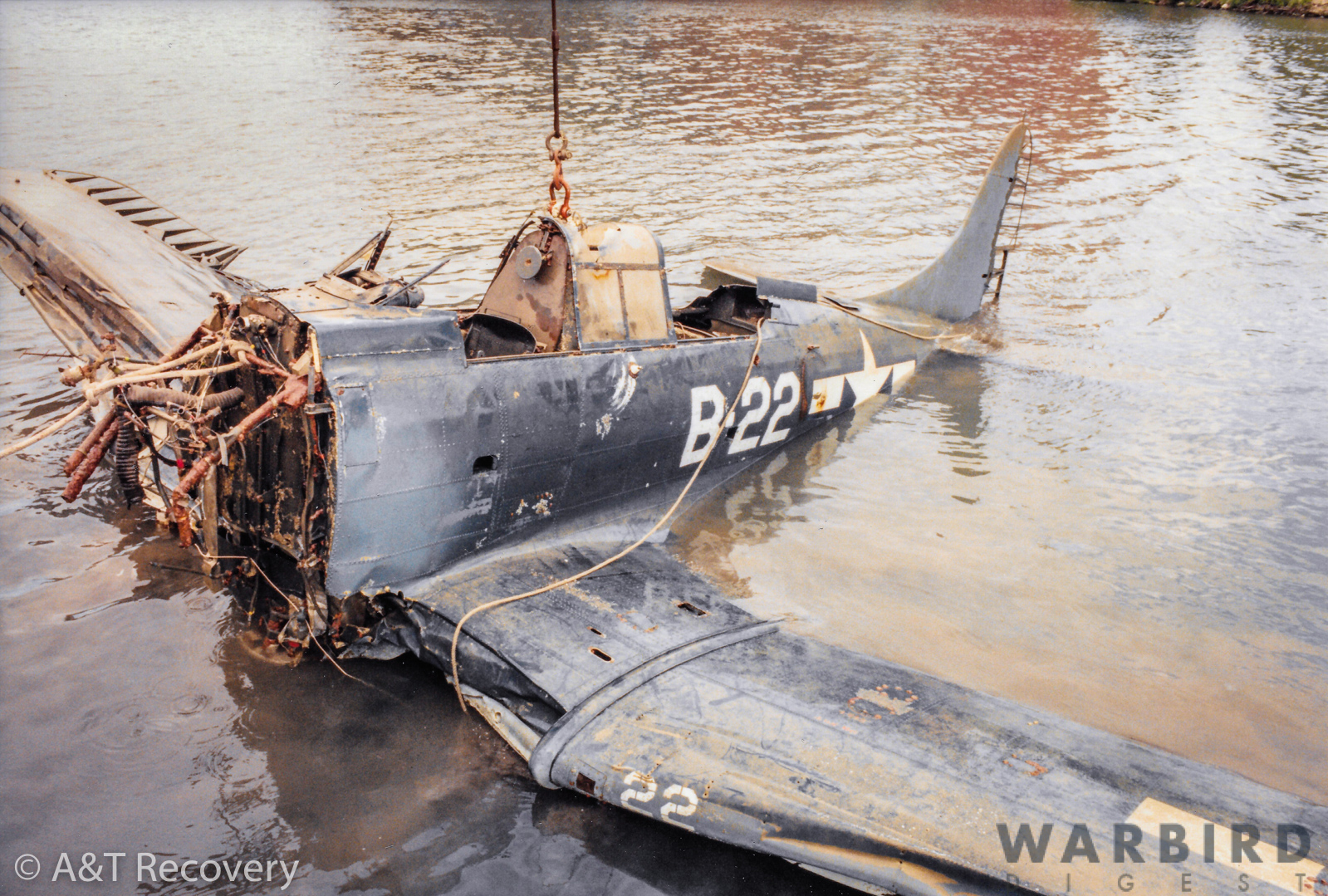
With such a short operational life and no combat record, Bu.36175 sat in storage for 25 years at the Naval Aviation Museum in Pensacola, becoming a Christmas tree of sorts to provide much-needed parts to repair/restore other more storied examples of the breed. In the process, she lost her outer wing panels, engine section and a number of other components, so that what remains today consists mostly of the fuselage, from the firewall back, and the tail feathers.
Despite the SBD’s present lack of wings, MAM’s director, Keegan Chetwynd, expressed confidence in being able to obtain a set in due course. He also noted that while they haven’t firmed up who will conduct the restoration yet, that too will also be resolved and made public before too long. Furthermore, we also hope to report more details about the deal with the Naval Aviation Museum which saw the SBD’s ownership transferred outright to the Military Aviation Museum, a rare feat indeed in recent decades. This is a great day for the Dauntless though, and a sign of new beginnings for the breed. Be sure to pay a visit to the Military Aviation Museum this month to get a closeup look at this near-time capsule on display. We look forwards to reporting more details in the coming weeks!
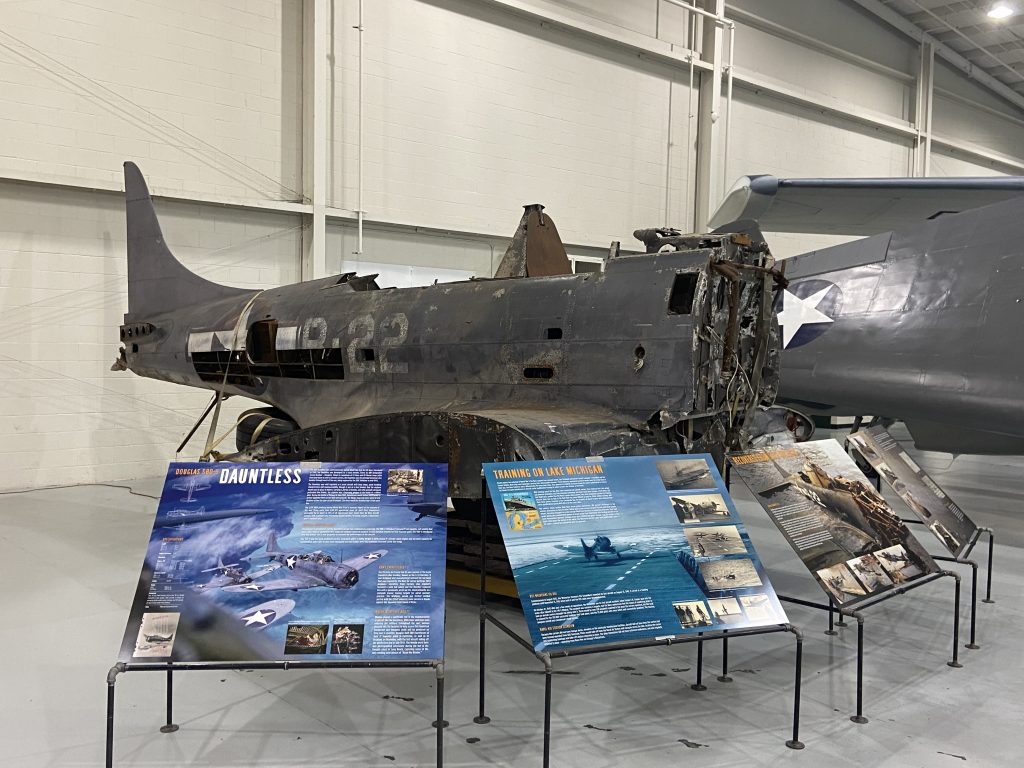
Many thanks to the Military Aviation Museum for providing the images shown here and to Keegan Chetwynd for taking the time to talk with us about this exciting development!
Related Articles
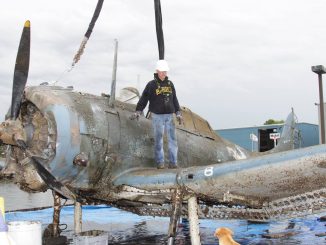
The Great Navy Birds of Lake Michigan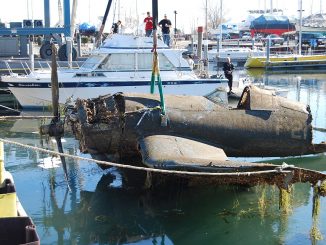
Naval History & Heritage Command Revives Trade & Exchange Policy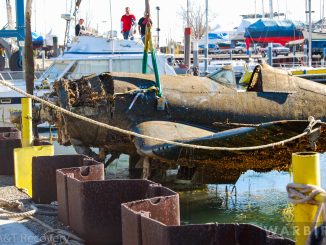
Public Meeting on US Navy Aircraft Trade and Exchange Program…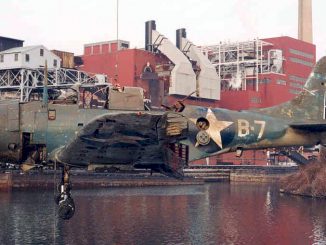
Aviation Archeology Symposium – “Before It’s Too Late”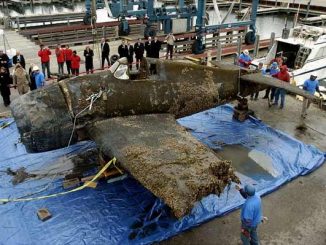
NAS Museum To Unveil F6F3 Hellcat crashed in Lake Michigan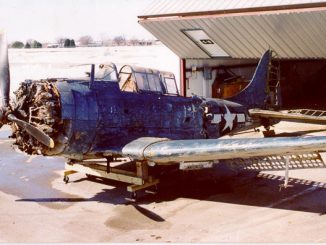
Restoration of Douglas SBD Dauntless Retrieved From Lake Michigan Well…
Richard Mallory Allnutt's aviation passion ignited at the 1974 Farnborough Airshow. Raised in 1970s Britain, he was immersed in WWII aviation lore. Moving to Washington DC, he frequented the Smithsonian’s National Air & Space Museum, meeting aviation legends.
After grad school, Richard worked for Lockheed-Martin but stayed devoted to aviation, volunteering at museums and honing his photography skills. In 2013, he became the founding editor of Warbirds News, now Vintage Aviation News. With around 800 articles written, he focuses on supporting grassroots aviation groups.
Richard values the connections made in the aviation community and is proud to help grow Vintage Aviation News.


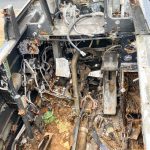
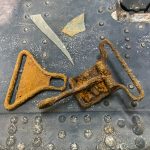
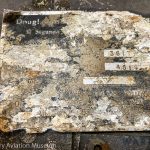
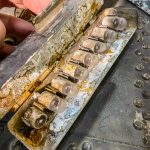
Be the first to comment
Graphic Design, Branding and Aviation Art